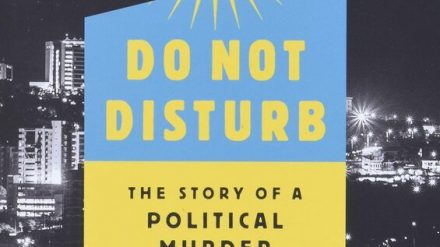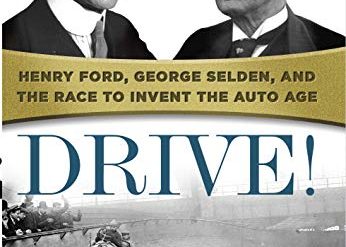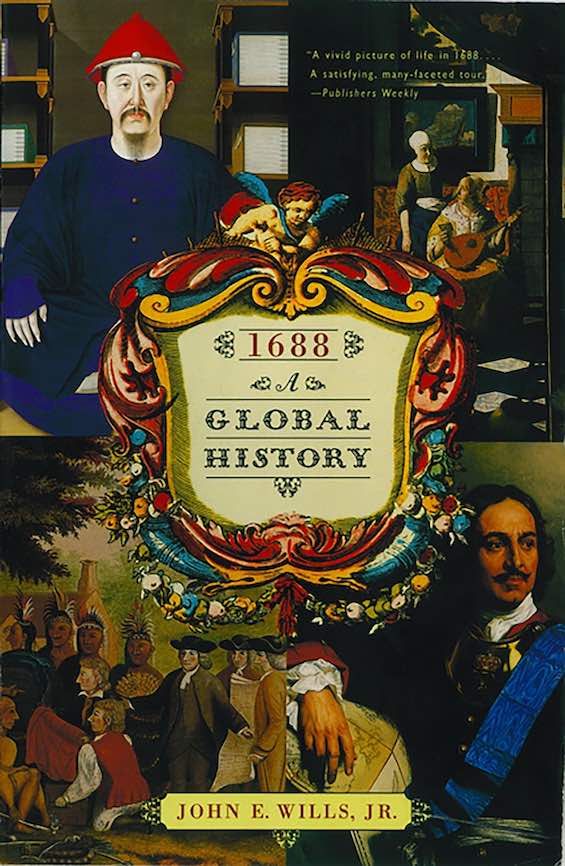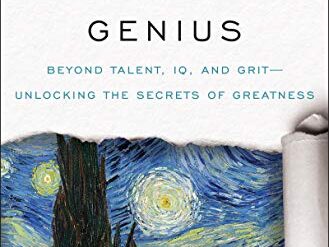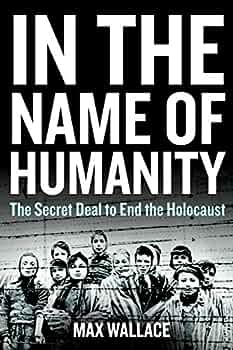
Estimated reading time: 7 minutes
The seemingly unstoppable orgy of murder called the Holocaust probably didn’t end when or how you thought it did. What really happened has come to light in mutually inconsistent accounts in some of the books written about World War II’s final months. But, as best I can tell, none of the authors of those books dug as deeply into the question of how the Holocaust ended as has Canadian Holocaust scholar Max Wallace in his 2017 book, In the Name of Humanity. It’s a tour de force of historical scholarship and an eye-opening look at when, why, and how the killing stopped.
Heinrich Himmler and three unlikely outsiders
“The Holocaust only ended with the defeat of Nazi Germany.” That’s the conventional wisdom. You can read it almost anywhere in the history books. But it’s not true. In fact, with only rare exceptions, the Nazis’ murderous rampage stopped in November 1944, five months before V-E Day. And it ended because the homicidal men surrounding Adolf Hitler had fallen out among themselves, knowing full well that they’d lost the war.
At the center of the internecine conflict was SS Reichsführer Heinrich Himmler, Hitler’s heir apparent and the architect of the Final Solution. Wallace shows that he put a stop to the killing for reasons of his own. But it took outsiders to convince him to do so. The decision saved tens of thousands of Jews—and “none were aware that they likely owed their lives to an elderly Swiss fascist, a formidable ultra-Orthodox Jewish woman, and a corpulent Finnish osteopath.” Although many others tried to bring influence to bear, these three played the most critical roles in persuading Himmler to end the Holocaust. And the story of how they did so in the face of foot-dragging from the Allied powers is nothing less than astonishing.
In the Name of Humanity: The Secret Deal to End the Holocaust by Max Wallace (2017) 496 pages ★★★★☆
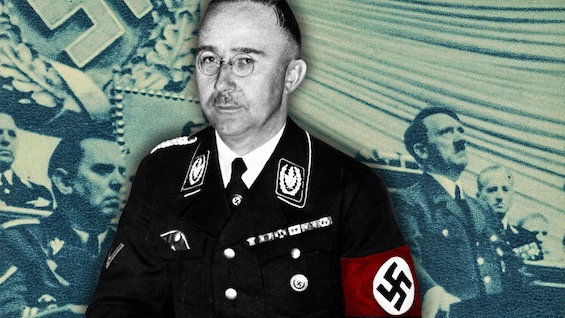
The three unlikely people who helped end the Holocaust
Under no other circumstances could the three central characters in this story have come together in common purpose.
The ultra-Orthodox Jewish woman
Recha Sternbuch (1905-71) was the daughter of Markus Rottenberg, a Polish Ultra-Orthodox rabbi known throughout Europe. In 1928, she moved to Switzerland to join her new husband, Yitzhak Sternbuch, a successful businessman, and became a Swiss citizen. They took up residence in Montreux, which became the base of her ferocious campaign—fully supported by her husband—to rescue Jews threatened by the Nazis. On several occasions she risked her life to confront German soldiers and officials. She served time in Swiss prison. Despite the danger, she enlisted countless others in Central Europe and the United States to rescue thousands of Slovak and Hungarian Jews. And her cable to America brought word about the Holocaust for the first time to the Roosevelt administration and the world’s press.
The elderly Swiss fascist
Jean-Marie Musy (1876-1952) had retired in 1934 as a member and sometime president of the Federal Council of Switzerland. He was a fascist and an anti-Semite but deplored the senseless murder of the Jews by the Nazis. In a desperate attempt to call a halt to the Holocaust in the spring of 1944, Recha Sternbuch enlisted his help in contacting Heinrich Himmler. They hoped to persuade him to deport rather than kill Jews—and ultimately succeeded. But they had help.
The corpulent Finnish osteopath
In the final analysis, it was Himmler’s Finnish masseur, Felix Kersten (1898-1960), who tipped the scales in prevailing on the Reichsführer to defy Adolf Hitler and shut down the killing machine. Together with Musy, and a campaign by Orthodox rabbis orchestrated by Recha Sternbuch, Kersten somehow managed to talk the formidable Nazi leader into blowing up the crematoria at Auschwitz and stop the murder of Jews at concentration camps throughout what was left of German territory. What was going through Himmler’s mind at the time is anybody’s guess. But the facts on the ground are indisputable.
A complex story with hundreds of players engaged
The story Max Wallace tells is, unsurprisingly, far more complicated than the three preceding paragraphs convey. Scores, and ultimately, hundreds of other people tried to rescue the surviving Jews along with—or in fierce opposition to—Sternbuch, Musy, and Kersten.
Other players in the story included German, Swiss, Slovak, Hungarian, Swedish, British, and American officials. Plus representatives of the World Jewish Congress. The American War Refugee Board. The International Committee of the Red Cross. The British and American armies. And the Nazis themselves at the top of the heap, including Adolf Hitler, Ernst Kaltenbrunner, Adolf Eichmann, and Walter Schellenberg. In fact, Wallace’s story is so complicated that its contours emerge clearly only upon close reading.
An abundance of granular detail
In the run-up to the story of the war’s final months, Wallace writes in great detail about the power dynamics within the Nazi hierarchy. His focus is on the Reich Main Security Office (RSHA), the SS unit commanded by Reinhard Heydrich (and later Ernst Kaltenbrunner) that included both the Gestapo and Kripo (criminal police). Adolf Eichmann worked for the Gestapo and was thus an RSHA official. Walter Schellenberg headed the SS foreign intelligence unit that late in the war absorbed the Abwehr. Like the others, he answered to Himmler. Wallace supplies capsule biographies of all four men as well as Himmler. And all four played important roles in ending the Holocaust, most of them supporting Himmler’s decision, with Kaltenbrunner pulling strings to continue the killing.
There is similar detail about the dynamics within the British and American governments in the face of demands that they take action to end the Holocaust. Demands that we know all too well today they stoutly refused to meet. Wallace paints an especially dark picture of the inaction and active resistance within the US State Department. It’s a shameful story.
About the author
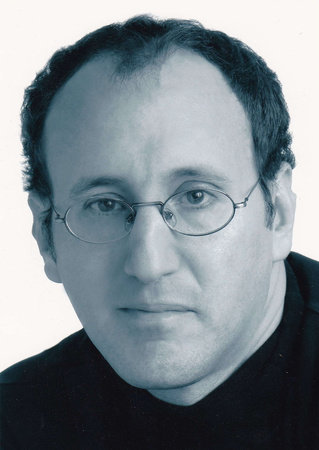
Max Wallace has written six nonfiction books on a variety of subjects but is best known as a Holocaust historian. He is the former Executive Director of the Anne and Max Bailey Centre for Holocaust studies in Montreal. And during the 1990s he worked for several years with Steven Spielberg’s Shoah Foundation, recording the video testimonies of Holocaust survivors, as he reveals in this book. Wallace was born in the United States but is a Canadian citizen.
For related reading
This book is one of 10 true-life accounts of anti-Nazi resistance.
One of the books prominently mentioned in Wallace’s account is I Escaped from Auschwitz by Rudolf Vrba and Alan Bestic (The most important Holocaust memoir). And a moving novel fictionalizes some of the action Vrba describes: Beyond the Wire by James D. Shipman (Jews stage an uprising at Auschwitz).
You’ll find books about related events and trends on all these posts:
- Good books about the Holocaust
- Worthy books about Jewish topics
- 10 top nonfiction books about World War II
- 20 top nonfiction books about history
And you can always find my most popular reviews, and the most recent ones, on the Home Page.

